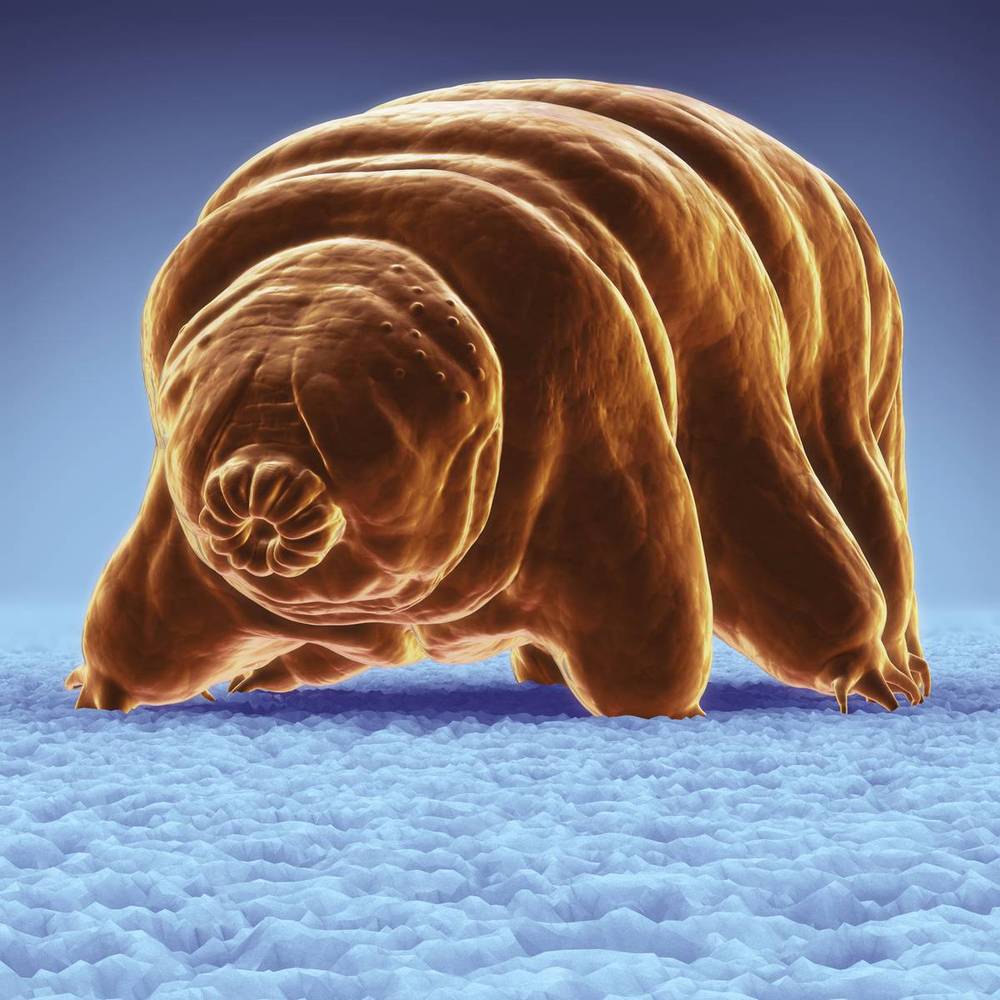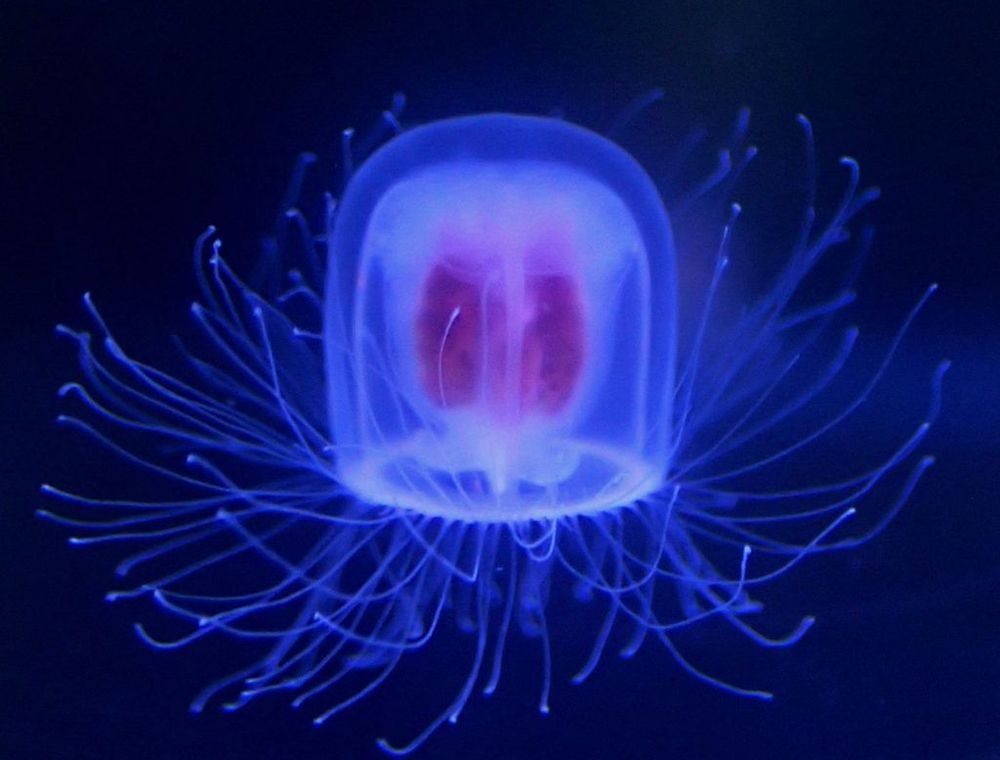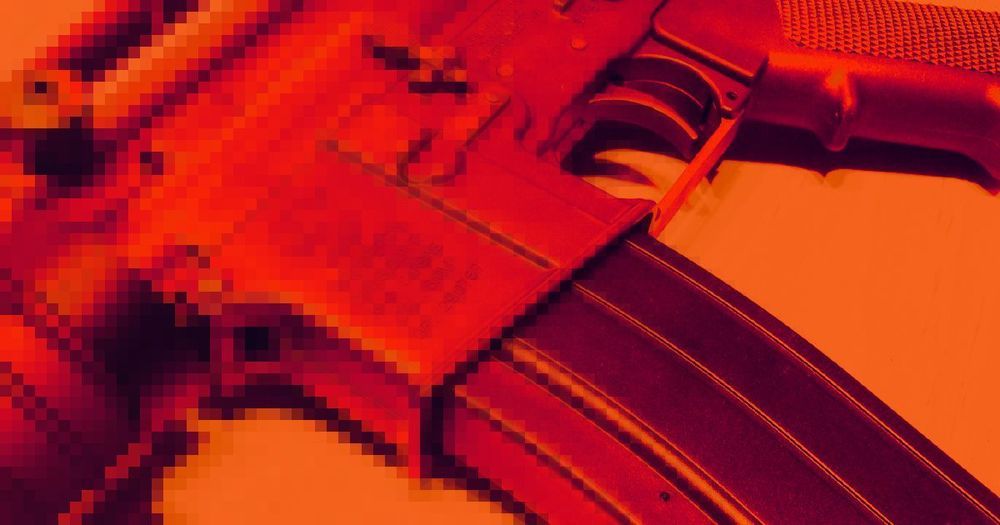Lifetime adversity and increased neural processing during a traumatic event combine to increase the frequency of intrusive traumatic memories and the distress they cause, according to a new study in Biological Psychiatry: Cognitive Neuroscience and Neuroimaging. The increased neural processing was found in brain regions important for emotion and memory. The involuntary recollection of traumatic events is a core symptom of posttraumatic stress disorder (PTSD), and the findings could help explain why some people are susceptible to the effects of traumatic experiences and others are resilient.
“Understanding why some people develop intrusive thoughts of a stressful or traumatic event and others do not is an important step towards preventing and treating posttraumatic stress disorder,” said Cameron Carter, MD, Editor of Biological Psychiatry: Cognitive Neuroscience and Neuroimaging.
Due to the nature of real-life trauma, which happens randomly and encompasses many different kinds of adversity, it is impossible to examine how neural processing during natural events contributes to PTSD. Researchers at the University of Salzburg, Austria, have now completed the first study of two well-known risk factors of PTSD, using fMRI to measure brain function during experimental trauma. After watching disturbing films of severe interpersonal violence, the study participants reported how often they experienced intrusive memories of the films, and how distressing the memories were. “This allowed us to study how the brain deals with intensely emotional events,” said lead author Julina Rattel, MSc, a Ph.D. student in the laboratory of senior author Frank Wilhelm, Ph.D.
Read more

















